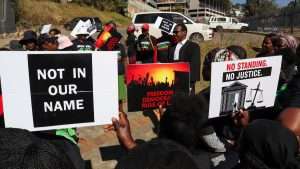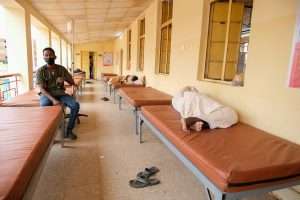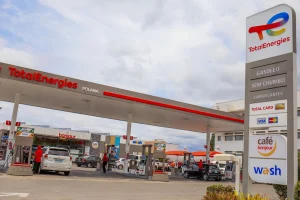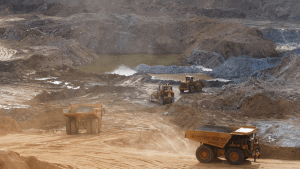Oxfam: 80% of water infrastructure in Gaza damaged
Israel’s bombardment of the Gaza Strip has left 80% of all water and sanitation infrastructure in the enclave partially or entirely destroyed, Asharq Al-Awsat reported on February 19th.
The Oxfam report also found that all six major wastewater treatment plants have also been damaged or destroyed.
The damage of the networks and “untreated sewage overflowing in the streets” has sped up the spread of water-borne disease as hundreds and thousands of people reportedly take shelter in tent camps. In the north of the Strip, where water shortages are extreme, chickenpox and skin diseases like scabies and impetigo are also spreading swiftly.
“Despite the increase in aid since the ceasefire, Israel continues to severely impair critical items needed to begin repairing the massive structural damage from its airstrikes,” Clémence Lagouardat, Oxfam’s Humanitarian Coordinator in Gaza, said.
Pointing to the more than 2,000 tonnes of garbage piling up in the streets daily during more than 15 months of conflict, Lagouardat added: “Hundreds of thousands of displaced people across the Gaza Strip have had to resort to digging makeshift cesspits next to their tents. This daily discharge of approximately 130,000 cubic meters – the equivalent of 52 Olympic pools – of untreated sewage is contaminating the Mediterranean Sea and Gaza’s only aquifer.”
Lagouardat also said: “The ceasefire must hold, and fuel and aid must flow so that Palestinians can rebuild their lives. Lasting peace for Palestinians and Israelis can only come through a permanent ceasefire and a just solution.”
In a survey of environmental samples across Gaza, the World Health Organisation reported that a staggering 88% were contaminated with polio. The public health arm of the United Nations also reported 46,000 cases, mostly children, of acute watery diarrhoea and respiratory infections emerging each week.
In a report, the World Bank estimated that it would cost more than $50 billion for Gaza to be rebuilt. This is significantly more than double the total Palestinian economic output of 2022.
Asharq Al-Awsat, Oxfam
Want to chase the pulse of North Africa?
Subscribe to receive our FREE weekly PDF magazine













